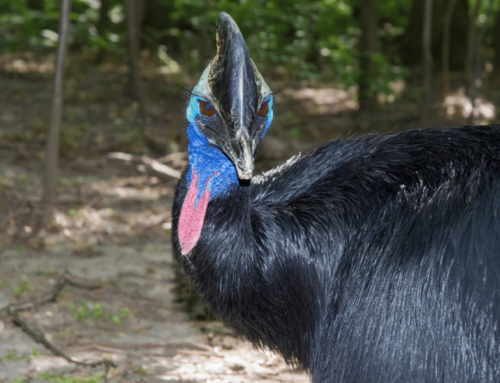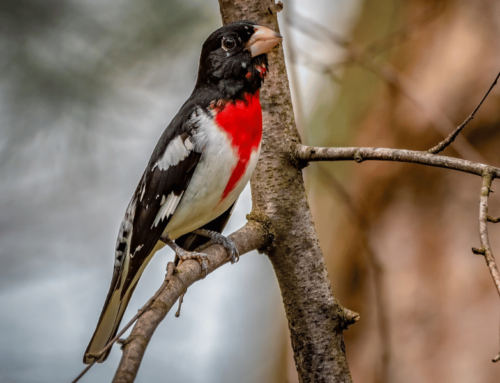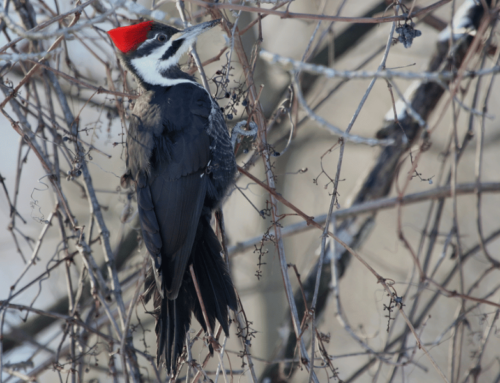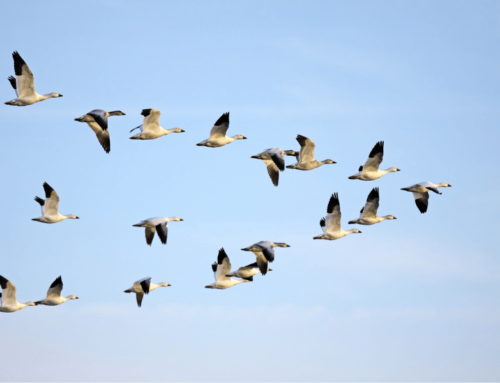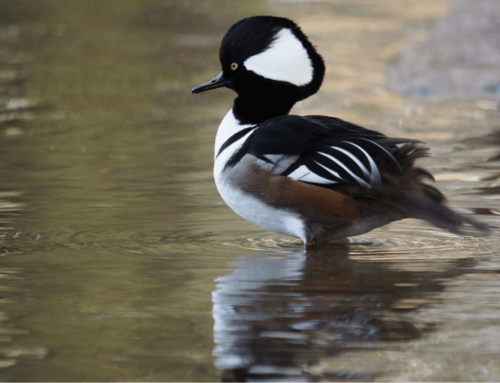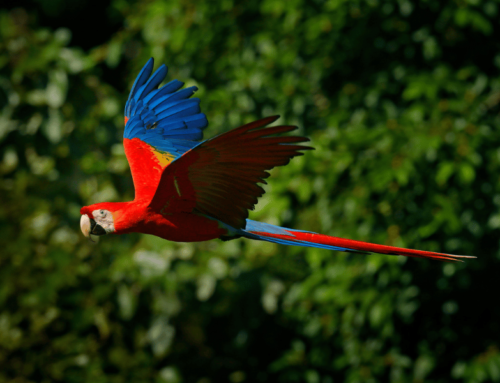
Winter 2023 is quickly on the way and having an appropriate birdwatching checklist is important to make sure you have everything you need. Winter presents many challenges but also presents just as many opportunities for your birdwatching trips. This birdwatching checklist will ensure that you are properly prepared for all your winter birding trips.
This blog is all about using a birdwatching checklist for winter 2023.
Birdwatching Checklist for Winter 2023
1. Waterproof and Wind Protective Jacket
When dealing with cold weather, one of the most important things to remember is to stay dry. Any jacket will help you stay warm but it’s important to get one that can keep you dry if it happens to rain or you get wet in some other way. Getting wet will make it a lot harder to stay warm. Water will conduct heat away from your body much quicker than when you’re dry.
Wind, just like water can quickly take heat away from your body. This is why an outer jacket that protects against wind and water is essential.
2. Other Layers of Cold Weather
Besides your outer jacket, you’ll want an inner layer of warmth as well. If you take off your jacket temporarily, you don’t want to only have a single shirt on in cold weather. Besides your inner shirt, put on a fleece jacket.
If it’s not that cold outside, the fleece jacket may be enough to keep you warm.
3. Boots and Snowshoes
You don’t want to be out in a snowfield and not be able to walk. Snowshoes are, obviously, shoes that make walking through the snow much easier.
Snowshoes and walking sticks are used for walking through deep snow. Lighter snowfall can be walked through with proper boots. Snowshoes are designed for the sole purpose of not letting you sink into the snow due to the greater distribution of your weight.
This means that in many cases winter hiking boots, alone will do it.
If you are birdwatching in an area with icy conditions, wear crampons with your boots. Crampons attach to your footwear and provide you with much needed traction. Slipping and falling can ruin the rest of your birdwatching time, along with possibly injuring you.

Snowshoes will let you walk on snow without sinking in
4. Daypack
On the topic of having many different layers of clothing, you will need somewhere to carry your stuff. Having a daypack will make it easy for you to access your different cold weather clothes so you can swap them out.
If you start to heat up from all your clothes, you will inevitably start sweating. Taking off your outer layers of clothes and storing them in your backpack will help you quickly cool back down.
Having a daypack will keep your hands free as well, when you’re carrying around lots of gear.
5. Beanie
If your jacket doesn’t come with a hood to keep your head warm, then you’ll likely want a beanie. When buying a beanie, getting a beanie that’s a little too big can always be folded over, to reduce how much of it is covering your head.
Other options instead of a beanie, include earmuffs and neck gaiters. Earmuffs are a good option which can keep your ears out of the intense cold, however earmuffs will also reduce your hearing. Be aware of that as you might not pick up on some bird calls or songs.
Neck gaiters are another option that can keep your head warm and cover your ears. If you are going out in really cold weather, bring both. The gaiter can keep your neck and lower head warm, and the beanie can keep your upper head warm.
6. Gloves
Your hands, along with your feet are usually the coldest parts of your body. Keeping them warm with a pair of gloves is essential for winter birdwatching.
There are gloves that are only for thermal protection and other gloves that are designed for work. Other gloves are for work and thermal protection. If you want to keep your hands warm and also operate your camera efficiently, a pair that doubles as work gloves and thermal gloves is preferred.
Work gloves should be tested beforehand to make sure that you can work your camera easily with them on.
7. Camera and/or Binoculars
These apply during all seasons, but your checklist wouldn’t be complete without binoculars and your camera.
One of the great things about birdwatching in the winter, is the beautiful shots you can take and the beautiful scenery that winter birdwatching can give you.
Cameras these days are designed to tolerate the cold, so you don’t need to bring anything else for it. The temperatures at which cameras may malfunction are around -60 Fahrenheit (-51 Celsius) or lower.
Cold weather can, however, deplete your battery life faster. If you want to be safe, bring an extra pack of batteries so you don’t miss a great shot.
If you have any other viewing equipment, such as spotting scopes, make sure to put that on your checklist as well.
8. Bug spray (Recommended)
Depending on where you live, bug spray may be totally unneeded. If you live in the colder climates, you may only have to deal with bugs in the middle of summer. However, not all places are bug free in the winter.
If you live in a warmer climate, then you likely already know that winter doesn’t mean the end of bug activity. Some tropical locations don’t really have much of a winter at all.
Even if you live in a very cold place, it doesn’t hurt to have bug spray on you, on the off chance that bugs make an appearance. You can leave it in your car and get it later if a bug problem comes up.
9. Bird Identification Book or Electronic App
This is another item that’s important for birdwatching during anytime of the year. Buying a good physical identification book is a great option for this but you can also download apps, such as the Audubon app. There are some species of birds that will look different depending on the season. Local bookstores will carry high quality bird guides and can show you the differences in plumage for different seasons.
Look at the following pictures. Both show the American goldfinch. The difference in plumage from winter to summer is striking. People who aren’t engaged in bird identification sometimes assume these are different kinds of birds. This is why it’s important to always be aware that these differences exist.

The American Goldfinch with Summer plumage (left) and Winter plumage (right)
10. Sunscreen
Don’t think that sunscreen isn’t needed because of the cold. If you are spending hours in the mid-day sun, you run the risk of sunburns and premature aging skin. The consensus from dermatologists is to put on sunscreen whenever your skin is exposed to UV radiation. It’s true that it’s not as important in the winter but UV light exists year-round, almost everywhere.
Also, if you’re birdwatching in a snowy area, the snow will reflect that light, making the UV radiation more intense than it would be otherwise.
If you’re someone who usually doesn’t spend much time outside, you’d be surprised at how fast you can get sunburned, even when it doesn’t feel hot outside. The cool weather might fool you into thinking sunscreen isn’t needed.
Reminder: Quality sunscreen has an SPF rating of at least 30 and has broad spectrum coverage.
Don’t forget to put this one on your checklist. Your skin will thank you!
11. Sunglasses
This comes naturally after sunscreen. Your eyes need protection from the sun as well, not just your skin. With the sun reflecting light from snow back, you’ll be harming your eyesight without a proper pair.
To reduce the glare from snow or anything else that reflects light, buy a pair that’s polarized. To protect your eyes from UV light, ensure your sunglasses have complete UV protection. Most mainstream brands will have sunglasses that have both of these but you should still take a second to make sure.
12. Water and Other Beverages
You still need a good amount of water, even if you aren’t sweating much. It’s a good idea to bring a little more than you actually need instead of not bringing enough.
In cold weather, you can bring warm water in a good thermos. A high-quality thermos can keep your beverages warm for hours. Depending on the quality of the brand, your thermos should be able to stay warm for at least 6 hours. Twelve is around the maximum for the higher end brands.
Having water is also great if you need to rinse off your hands at any time. In the cold outdoors, it’ll be more comfortable with warmer water of course.
Conclusion:
This birdwatching checklist for winter 2023 is an essential way to make sure that your winter birdwatching goes as smoothly as possible. This list covers the essentials, but that doesn’t mean that you can’t add anything else that is important to you.
Some people choose to stay inside during the winter to stay warm. But if you’re prepared, then birdwatching in the winter can be as rewarding as any other time of year.
